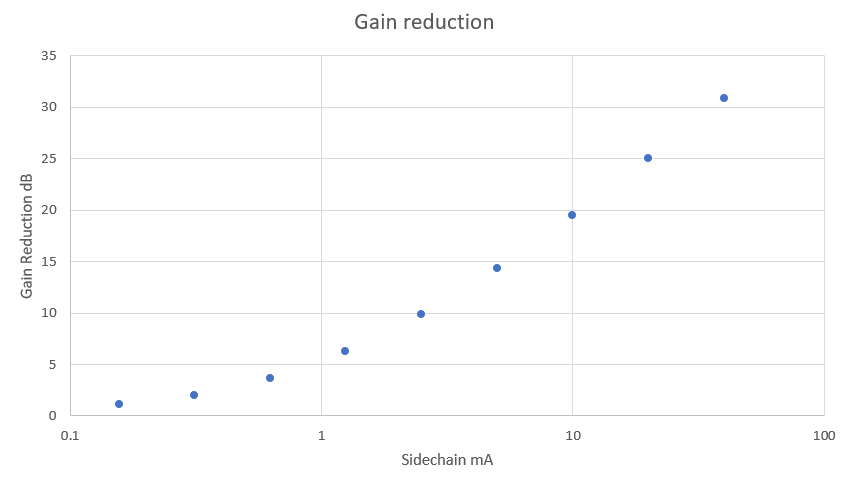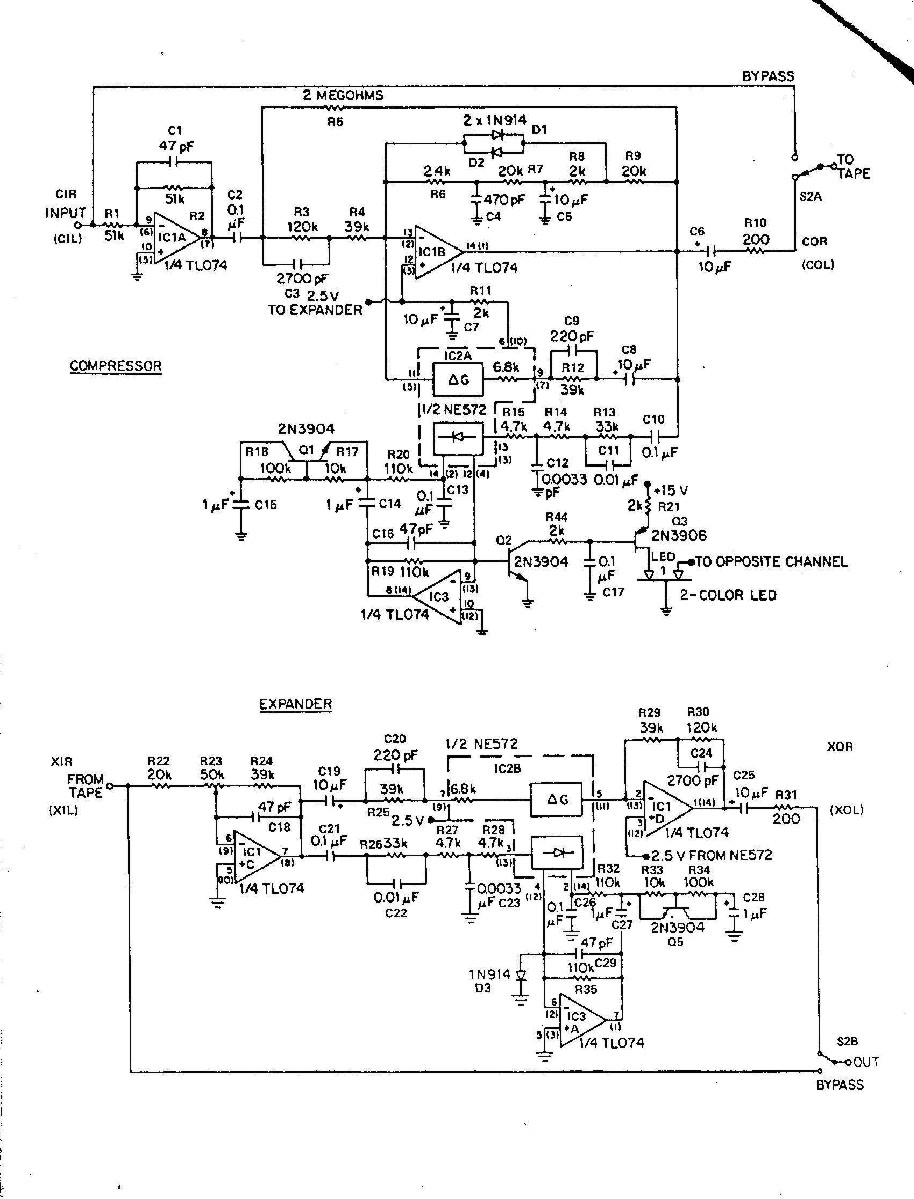Gain cells.dogears said:How is the sidechain gain reduction law derived for various VCA styles?
You'll be lucky if you found this info in the datasheet. Most of the graphs have not enough resolution to show what happens in the region about zero volt. You may extrapolate from the other region but that would be an enormous approximation. I've found years ago that specs are close to useless for FET's used as variable resistors.I assume for a fet you use the Id/Vgs curve along with the series resistor to determine the equivalent voltage divider per volt applied as control voltage?
AFAIK only Siliconix developped a series of FET's with that specific use in mind, the VCR (Voltage Controlled Resistor) series. There was one also that was used in guitar pedals, but I can't remember; PRR probably does.
One of the problems is that, even when FET's are sorted by range, there is still too much dispersion and they need matching, which is a tedious and costly process.
Diodes are also used as the shunt element in a voltage divider.How is it done for a diode bridge, like the 2254?
The dynamic resistance of a diode obeys the formula Rd=(1/I)26.10E-3 e.g. at 1mA, the dynamic resistance is 26ohms.
In the 2254, IIRC, there are 4 diodes in bridge, but actually, AC-wise, they are two parallel strings in series. At least that's what it is in the 33609.





